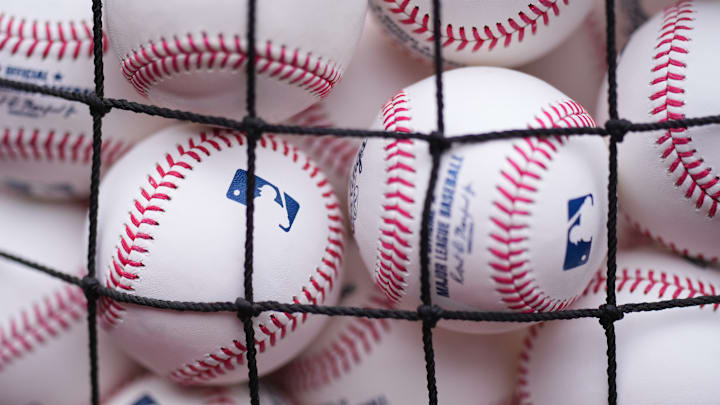ERA is one of those stats everybody who follows along to MLB should be well acquainted with.
While MLB has become increasingly stat-obsessed in recent years, some of the league's statistics still hold true several decades after they were first originally conceived, no more so than quite possibly ERA.
ERA, or Earned Run Average for those of us out there who have too many acronyms and abbreviations to sort through in our everyday lives, has been around since the 1900s. Henry Chadwick initially came up with it as a measure to show a relief pitcher's effectiveness, as ERA is defined as the number of earned runs a pitcher allows divided by nine innings, a full game of baseball.
Since complete games are such a rarity in baseball these days, ERA has become so very important.
While the sport has evolved so many times over the years, ERA has remained a true measuring stick.
Earned Run Average: What does ERA mean and how is it used in MLB?
The earned run part of the equation stems from runners that are responsible to a pitcher. Those are usually players that reach base by way of hits, walks, hit-by-pitch, fielders' choices, etc. There are also unearned runs, which come from defensive errors, passed balls, inherited runners, including those in extra innings, etc. Unearned runs are not factored into the equation when determining ERA.
You simply put the number of earned runs a pitcher allows in an outing and then divide that by nine innings to get the full ERA treatment. Obviously, the lower a pitcher's ERA is, the better. If a big-league pitcher's ERA is below 3.00, then he is having a great year. If it is above something like 4.50, he is having all sorts of trouble in being able to retire batters with any regularity. Again, this is an average...
Ultimately, it is one of the few calculations from baseball way back in the day that still carries weight decades later. Sabremetricians still see a great deal of value stemming from ERA, whereas home runs, runs batted in and saves have been statistical categories that do not carry the same amount of gravitas as they once did. ERA is a great metric to compare eras, albeit outside the dead-ball era...
So if your favorite pitcher has an ERA of 2.32, then he is having himself one helluva season out there.
